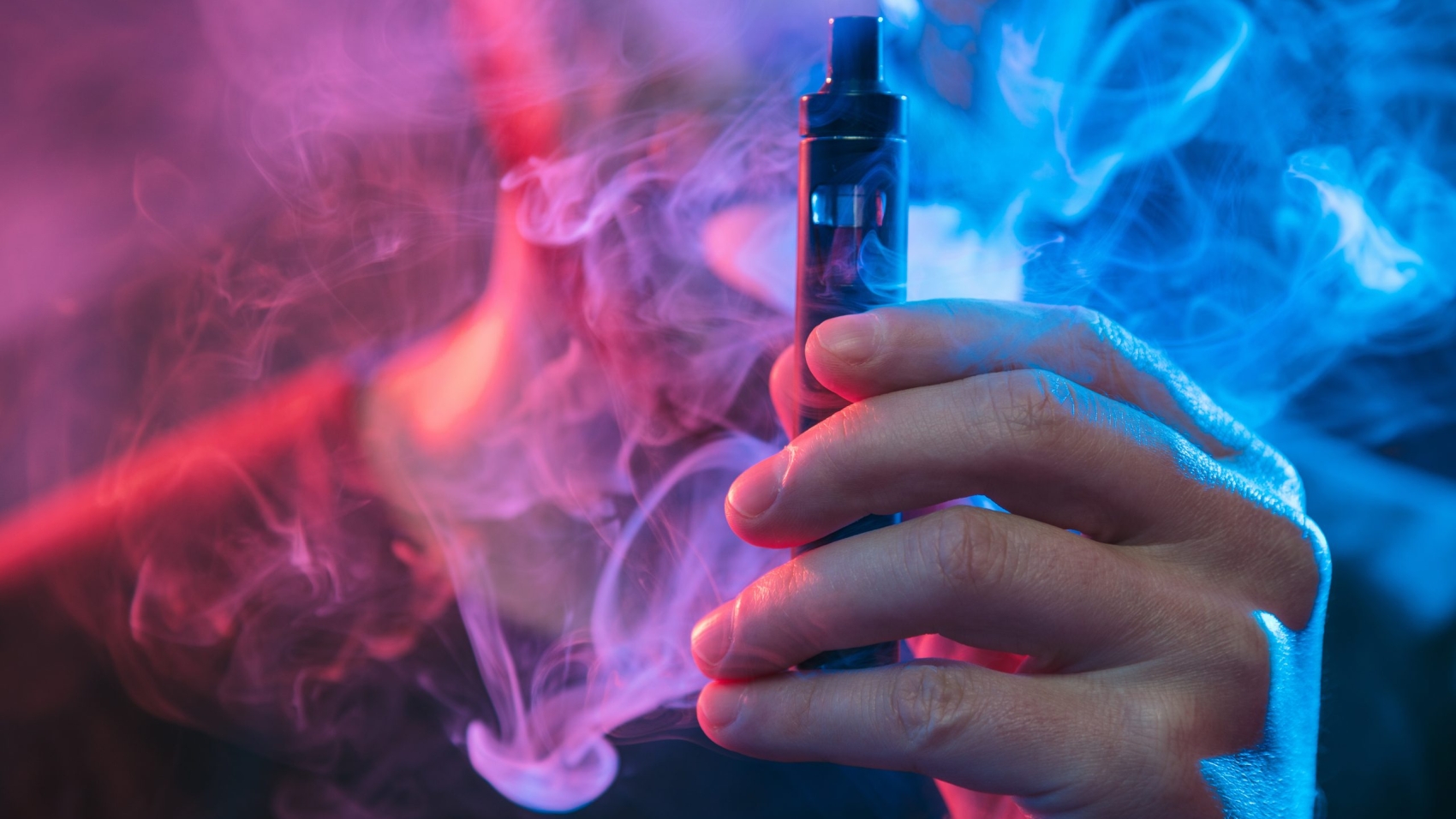Vaping, once hailed as a safer alternative to smoking, has now emerged as a significant public health concern, especially among children and adolescents. Despite efforts to regulate and control its use, vaping among youth in the UK is on the rise, presenting a myriad of health risks and challenges. This report delves into the alarming trends, associated dangers, and urgent need for awareness and action regarding vaping among children in the UK.
The Rising Trend:
In recent years, vaping has gained popularity among children and adolescents in the UK at an alarming rate. Statistics from Public Health England reveal that approximately 16% of 11-18-year-olds in England have tried vaping at least once, with a significant proportion regularly using e-cigarettes. The accessibility, enticing flavors, and perceived coolness factor of vaping products contribute to their widespread appeal among youth.
Health Risks:
Contrary to popular belief, vaping is not harmless. E-cigarettes contain nicotine, a highly addictive substance that can adversely affect brain development in adolescents, leading to long-term cognitive and behavioral impairments. Additionally, the aerosols produced by vaping devices contain harmful chemicals, including carcinogens and toxic metals, which pose serious health risks, such as respiratory problems and cardiovascular diseases.
Gateway to Smoking:
Studies suggest that vaping serves as a gateway to conventional smoking among young individuals. Experimenting with e-cigarettes at a young age increases the likelihood of transitioning to traditional tobacco products, perpetuating the cycle of nicotine addiction and exacerbating the public health burden of smoking-related illnesses.
Regulatory Challenges:
Despite stringent regulations aimed at curbing youth vaping, enforcement remains a significant challenge. The proliferation of online sales, marketing tactics targeting youth, and the emergence of discreet vaping devices further complicate efforts to regulate the industry effectively. Addressing these regulatory gaps and implementing robust measures to restrict youth access to vaping products are imperative to safeguarding the health and well-being of children in the UK.
Educational Initiatives:
Preventing and mitigating the harms of vaping among children necessitates comprehensive educational initiatives targeting both youth and their parents. Schools play a pivotal role in raising awareness about the risks associated with vaping and promoting healthy behaviors among students. Furthermore, empowering parents with accurate information and resources to address vaping-related issues with their children is essential in fostering open dialogue and encouraging informed decision-making.
Conclusion:
The surge in vaping among children in the UK represents a pressing public health challenge that demands immediate attention and concerted action. By understanding the risks, advocating for effective regulations, and prioritising education and prevention efforts, we can work together to protect our youth from the insidious dangers of vaping and ensure a healthier future for generations to come.
Vaping poses several health risks, including:
Nicotine Addiction: E-cigarettes contain nicotine, an addictive substance that can lead to dependence, especially in young users whose brains are still developing. Nicotine addiction can have long-term implications on cognitive function and behavior.
Respiratory Issues: Vaping aerosols contain harmful chemicals, including ultrafine particles, volatile organic compounds, and heavy metals, which can irritate the lungs and cause respiratory problems such as coughing, wheezing, and shortness of breath.
Cardiovascular Health: Nicotine exposure from vaping can elevate heart rate and blood pressure, increasing the risk of cardiovascular diseases such as heart attacks and strokes, particularly in individuals with underlying health conditions.
Lung Damage: Inhalation of vaping aerosols can lead to lung inflammation and damage, contributing to conditions like bronchiolitis obliterates (popcorn lung) and increasing susceptibility to respiratory infections.
Chemical Exposure: E-cigarette liquids and aerosols contain a cocktail of chemicals, many of which are known carcinogens and toxins. Prolonged exposure to these substances can have detrimental effects on overall health and increase the risk of developing cancer and other serious illnesses.
Adolescent Brain Development: Nicotine exposure during adolescence can interfere with brain development, impairing cognitive functions such as attention, memory, and impulse control. This can have lasting effects on academic performance and social behavior.
Gateway to Smoking: Research suggests that vaping may serve as a gateway to conventional smoking, with young e-cigarette users more likely to experiment with traditional tobacco products. This perpetuates the cycle of nicotine addiction and poses a significant public health concern.
Accidental Exposure: The liquid nicotine used in e-cigarettes can be toxic if ingested or absorbed through the skin, posing a risk of poisoning, especially among children and pets.
If you’re under 16 and addicted to vaping in the UK, there are several places you can turn to for help:
Talk to a Trusted Adult: Reach out to a parent, guardian, teacher, school counselor, or another trusted adult who can provide support and guidance. They can help you access appropriate resources and support services.
Speak with a Healthcare Professional: Schedule an appointment with your family doctor, pediatrician, or a healthcare provider specializing in adolescent health. They can offer confidential advice, assess your vaping habits, and provide assistance tailored to your needs.
Contact Support Services: Organisations such as Childline (0800 1111) and FRANK (0300 123 6600) offer free, confidential support and advice to young people dealing with substance abuse issues, including vaping addiction.
You can speak with trained counselors who can listen to your concerns and provide guidance on how to seek help.
Utilise Online Resources: Websites like the NHS Smokefree website and Talk to Frank provide valuable information, resources, and self-help tools for individuals looking to quit vaping or overcome nicotine addiction. You can access information on vaping risks, cessation strategies, and support services available in your area.
Seek Peer Support: Consider reaching out to friends, classmates, or online support groups who may be experiencing similar challenges with vaping addiction. Sharing your experiences and seeking encouragement from peers can be empowering and reassuring.





















